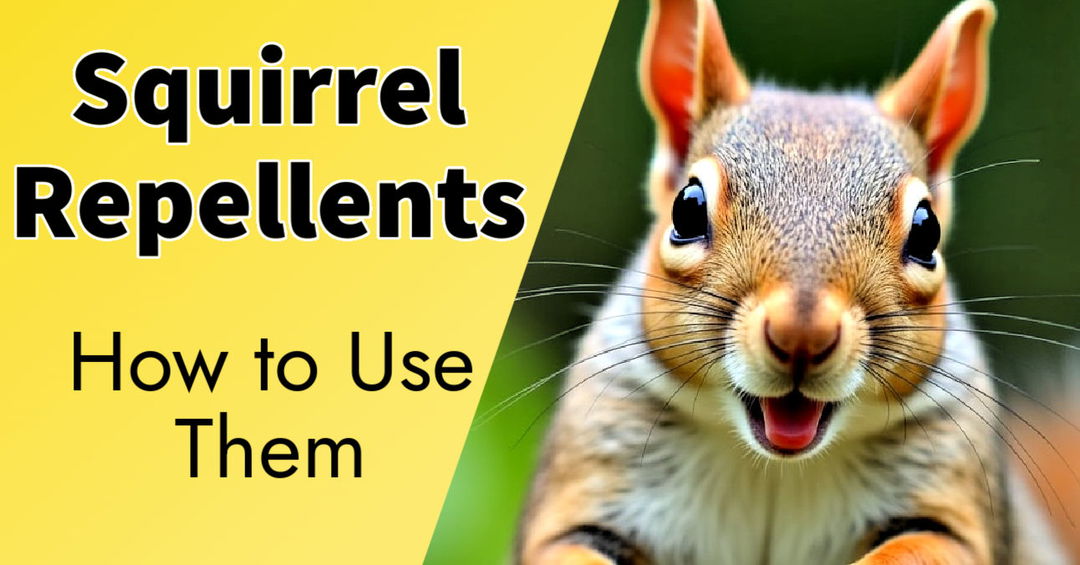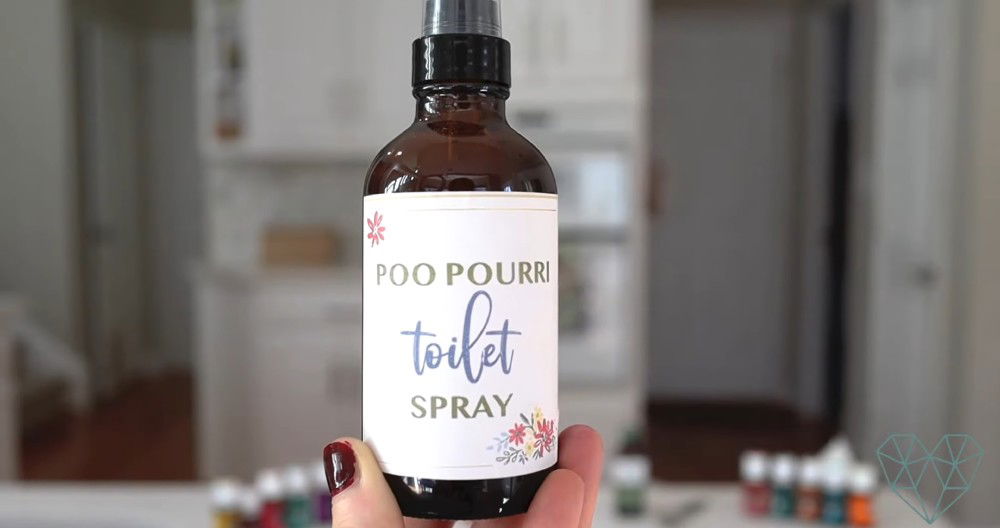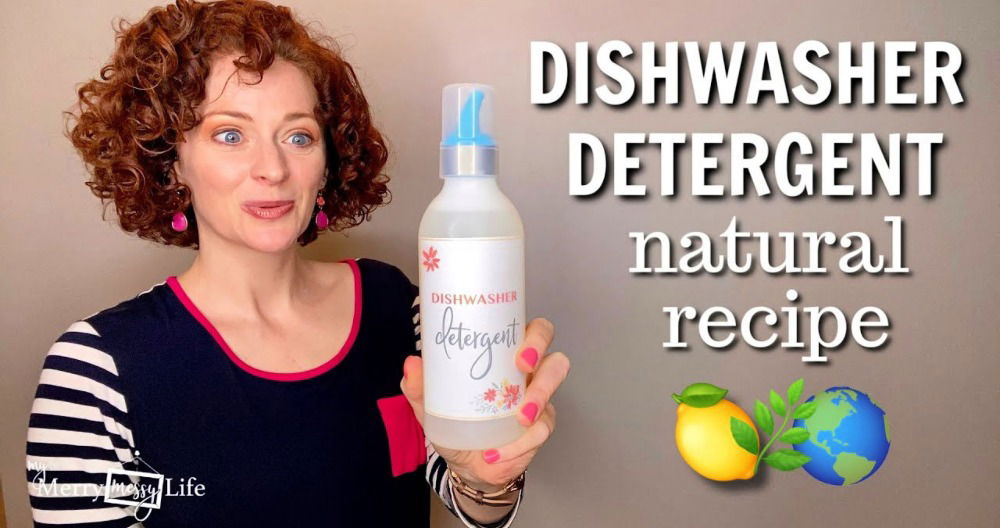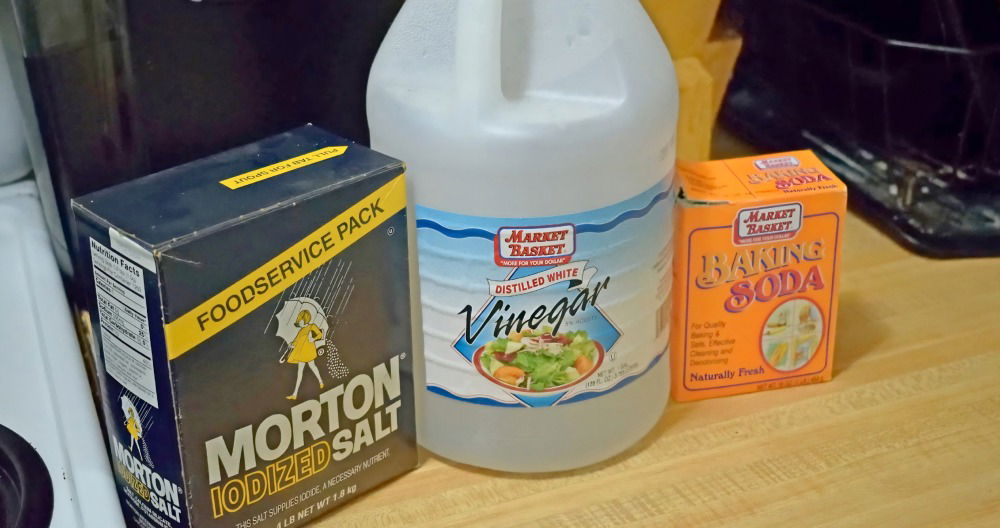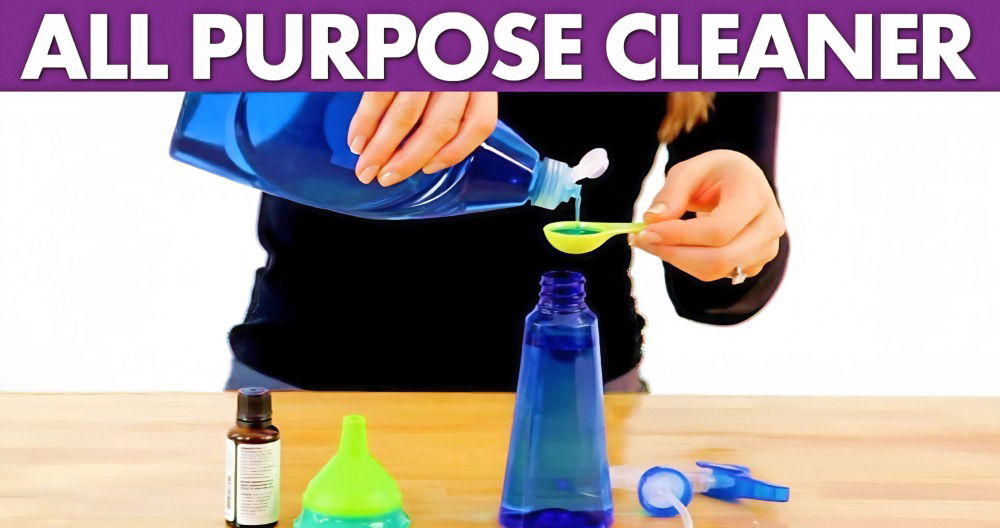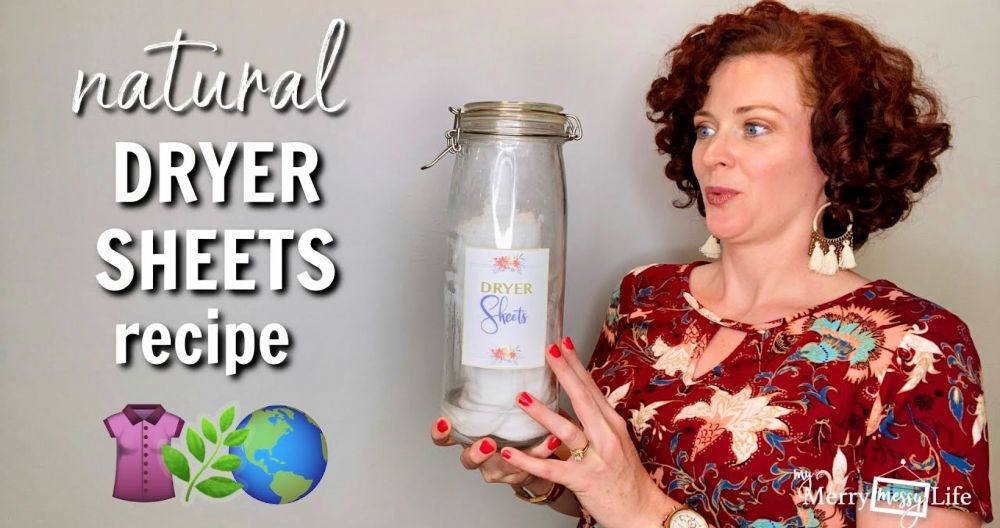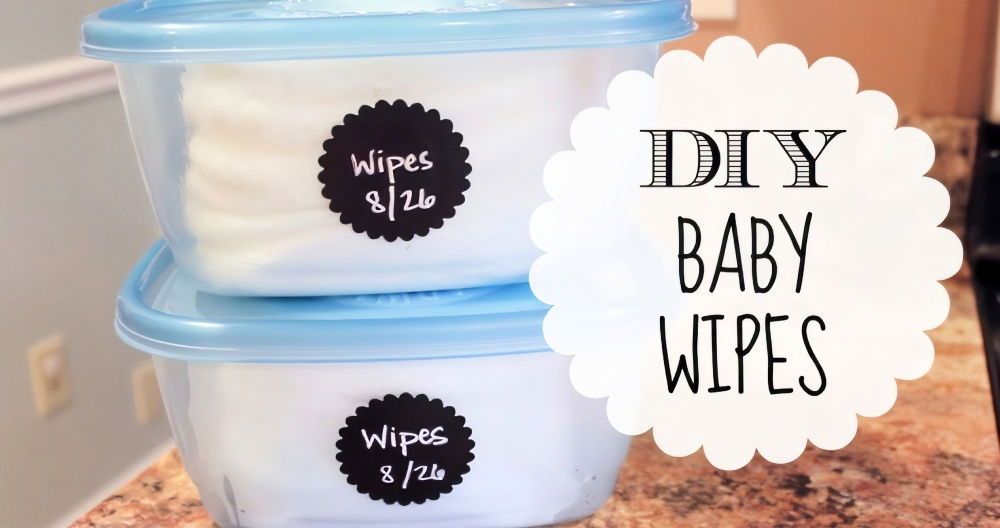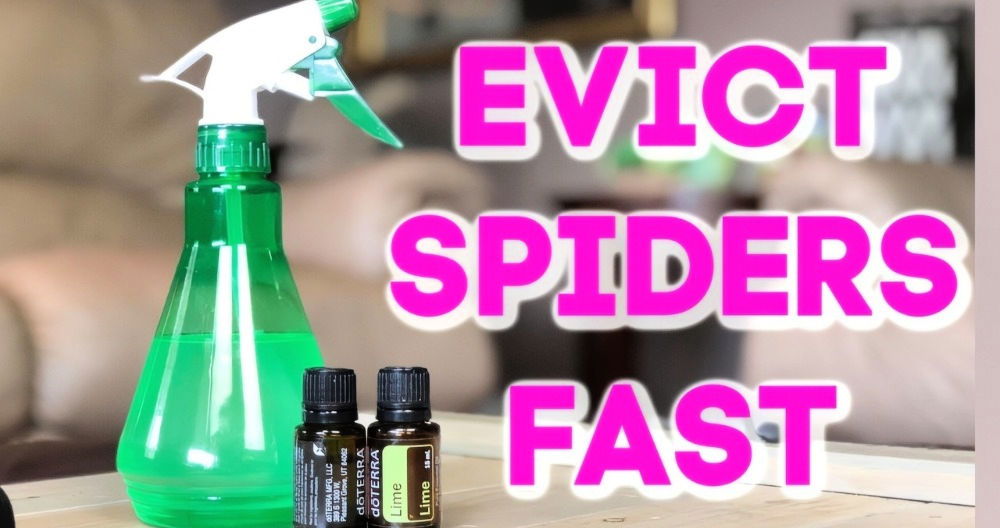Natural pesticides are an excellent solution for gardeners looking to protect their plants without using harsh chemicals. By transforming common kitchen scraps like citrus peels, garlic, and onions into potent pest repellents, you can maintain a healthier garden environment. This article delves into the creation, application, and benefits of homemade DIY natural pesticides, especially for those aiming for sustainable gardening practices.
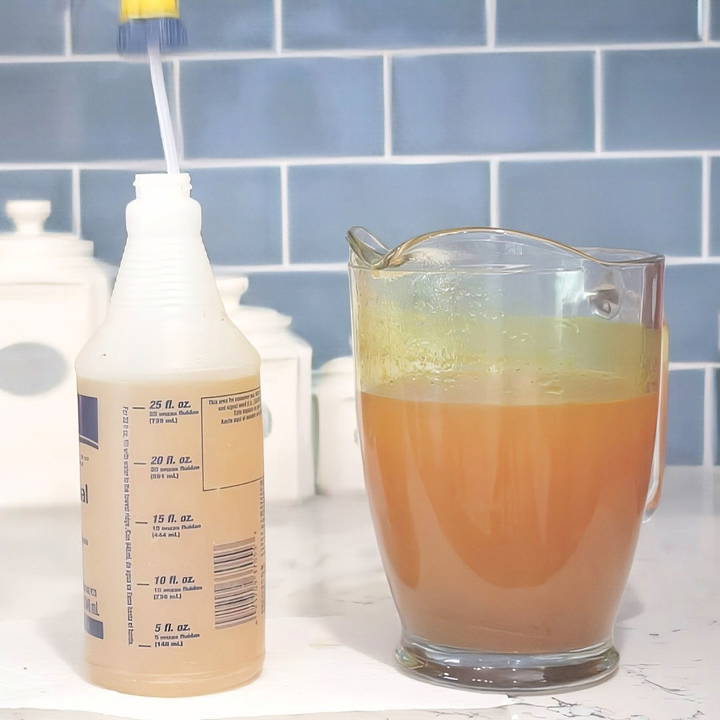
Why Choose Natural Pesticides?
Natural pesticides offer several benefits over synthetic alternatives. They are environmentally friendly, reduce chemical exposure, and allow for recycling of kitchen waste. When you use homemade pesticides, you control the ingredients, ensuring the mixture is safe for beneficial insects, pets, and humans while deterring or eliminating common pests.
Key Advantages of Natural Pesticides:
- Environmental Safety: Organic ingredients biodegrade, leaving minimal environmental impact.
- Human and Animal Health: Reduced risk of exposure to toxic chemicals.
- Cost-Effectiveness: Kitchen scraps are inexpensive and readily available.
- Protecting Beneficial Insects: Homemade solutions can target harmful insects while sparing helpful pollinators.
Let's explore how to make an effective homemade pesticide with common kitchen ingredients.
Step by Step Instructions
Learn how to make and use homemade organic pesticides with step-by-step instructions, including application tips and safe practices.
The Recipe for Homemade Organic Pesticide
This DIY pesticide is simple to prepare and uses ingredients often found in the kitchen. It targets soft-bodied insects like aphids, spider mites, and whiteflies while also combating certain bacterial and fungal diseases.
Ingredients
To make this natural pesticide, you'll need:
- 2 liters (or ½ gallon) of water
- Peels from two oranges or other citrus fruits (containing terpenes that repel pests)
- 1 whole bulb of garlic (rich in sulfur compounds that insects dislike)
- Peels from one whole onion (also containing sulfur to repel insects)
- 1 teaspoon of turmeric powder (antifungal and antibacterial properties)
- 1 teaspoon of cinnamon powder (repels insects and has antifungal properties)
- 1 teaspoon of powdered red pepper or cayenne (deters insects and small animals)
- 1 tablespoon of oil (olive, vegetable, or neem oil to help the solution stick to leaves)
Each ingredient offers unique properties that collectively make an effective pesticide.
Step-by-Step Guide to Preparation
- Set up the Pot: Place a large cooking pot on the stove and add 2 liters of water.
- Add Citrus Peels: Add peels from two oranges. The terpenes in citrus naturally repel many insects.
- Incorporate Garlic and Onion Peels: Add the whole bulb of garlic and peels from a full onion. These sulfur-rich ingredients are known insect repellents.
- Add the Spices: Add one teaspoon each of turmeric and cinnamon. These not only repel insects but also fight against fungal and bacterial infections.
- Include Red Pepper: Add one teaspoon of red pepper. This adds a pungent element to the mixture, deterring pests like worms, birds, and squirrels.
- Add Oil: Add a tablespoon of oil, which will help the solution adhere to plant surfaces for lasting effectiveness.
- Boil the Mixture: Cover the pot and bring the contents to a boil. Let it simmer for about an hour to extract the active compounds.
- Cool and Strain: Once the mixture cools, strain it into a container to remove solid particles. This makes a potent concentrated solution.
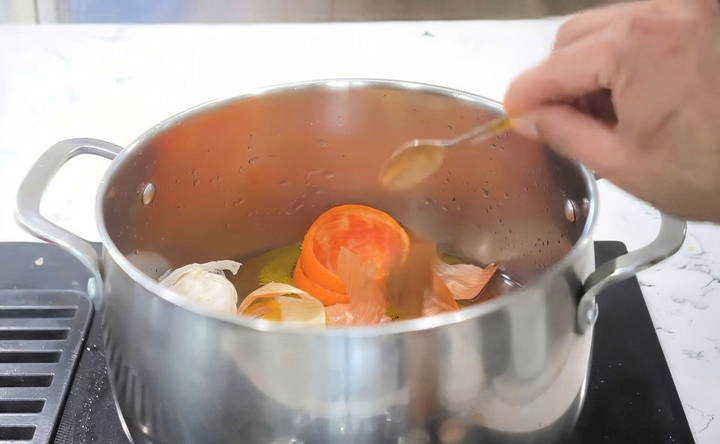
Dilution and Storage
The concentrated pesticide is too strong to apply directly to plants. To use:
- Dilute the concentrate: Mix one part of the solution with three parts water. This means adding one liter of concentrate to three liters of water, making four liters of ready-to-use pesticide.
- Store Safely: Keep any remaining concentrate in a cool, dark place. It can last for several weeks if stored properly.
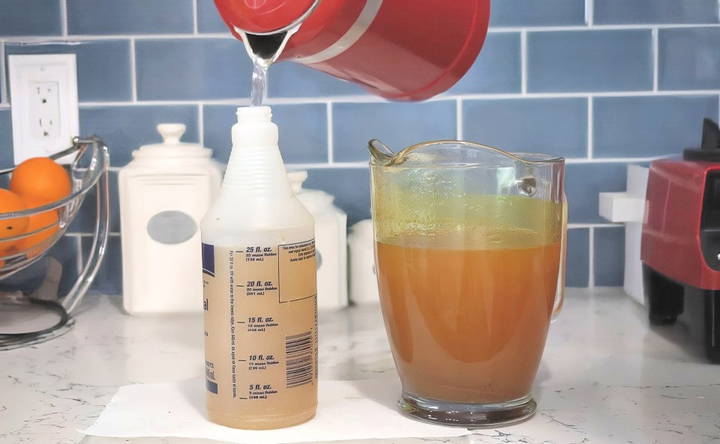
Application: How to Use the Homemade Pesticide
Applying this pesticide effectively will ensure it works to its fullest potential. Here are some application tips:
Using a Spray Bottle
- Prepare the Spray Bottle: Fill the spray bottle about 25% with the diluted pesticide solution, then fill the rest with water.
- Target Problem Areas: Spray directly on plants infested with pests. This solution is effective against aphids, spider mites, and whiteflies, which are common in gardens.
- Focus on Undersides of Leaves: Many pests hide under leaves, so spray generously on both sides.
Frequency and Coverage
- Timing: Reapply every two weeks, as long as there's no heavy rainfall or excessive watering that might wash the pesticide away.
- Effectiveness: This solution provides broad-spectrum protection. While it may not kill hard-shelled insects like beetles, its strong smell and properties can repel them.
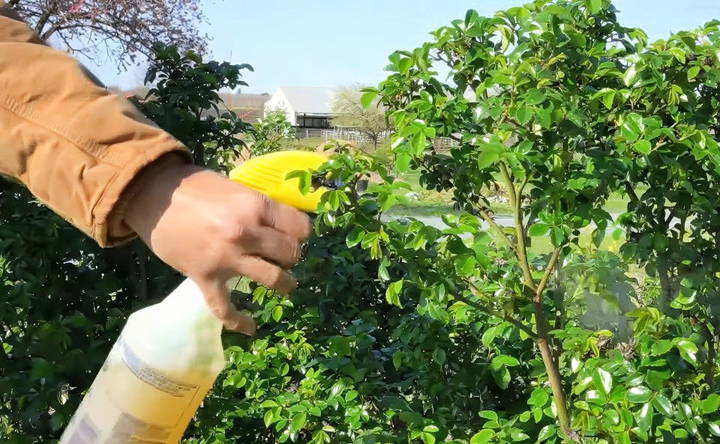
Understanding the Ingredients and Their Benefits
Each ingredient in this homemade pesticide offers specific properties that target both pests and diseases, contributing to an all-purpose garden spray.
- Citrus Peels (Orange or Other Citrus Fruits): Citrus fruits contain terpenes, which have strong insect-repellent properties. Their scent confuses pests, keeping them away from treated plants. The potent smell and compounds in citrus act as a natural deterrent, repelling soft-bodied insects and preventing infestations.
- Garlic: Garlic is a cornerstone of natural pest control, as it contains sulfur compounds like allicin. These compounds are unpleasant for many pests, deterring them from feasting on plants. Additionally, garlic's antifungal and antibacterial properties help protect plants from diseases.
- Onion Peels: Onion peels contain sulfur, similar to garlic, which makes an inhospitable environment for insects. Additionally, the sulfur works against fungal growth, protecting plants from diseases like powdery mildew and black spots.
- Turmeric: Turmeric's active compound, curcumin, is known for its antifungal and antibacterial benefits. It not only repels pests but also helps prevent bacterial infections in plants, including common issues like bacterial canker and fire blight.
- Cinnamon: Cinnamon is a versatile spice with powerful antifungal properties. It disrupts fungi growth and prevents spores from spreading on leaves. Furthermore, cinnamon has a smell that pests like ants and gnats avoid, acting as a dual-purpose treatment.
- Red Pepper (Cayenne): Red pepper adds heat, which deters pests from munching on plants. Its capsaicin content makes an uncomfortable experience for insects and small animals, preventing them from returning. Red pepper also keeps birds away from tender seedlings and berries.
- Oil (Olive, Vegetable, or Neem Oil): Oil helps the solution stick to leaves, increasing its effectiveness. Neem oil, in particular, adds additional insecticidal properties by disrupting pests' hormonal systems, preventing them from feeding and reproducing.
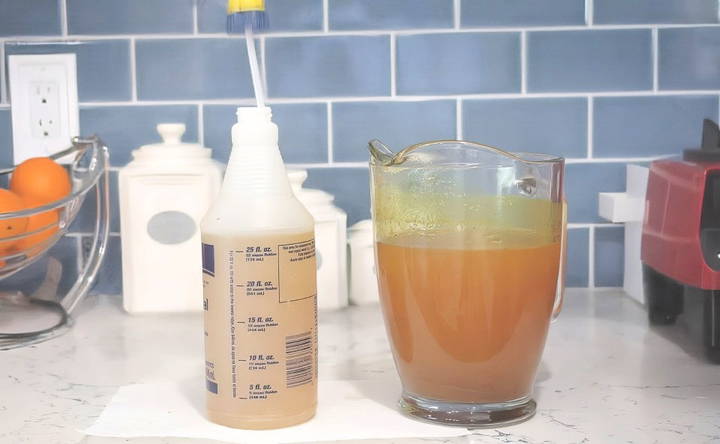
Addressing Common Garden Pests
While this homemade pesticide works against many pests, it may not be equally effective for all. Here's a quick overview of which pests are most susceptible and which might require additional measures.
- Effective Against: Aphids, spider mites, whiteflies, caterpillars, ants, and leafhoppers.
- Repellent but Not Fatal: Beetles, squash bugs, and stink bugs. The strong scent may keep them at bay, but for heavy infestations, consider additional treatments like neem oil or diatomaceous earth.
For hard-shelled insects like beetles, incorporating diatomaceous earth can enhance protection. This fine powder damages insects' exoskeletons, leading to dehydration and death, and it complements the homemade pesticide well.
Safe Practices and Environmental Considerations
Using natural pesticides is generally safer than using chemicals, but some precautions still apply:
- Avoid Overuse: Applying too much can affect beneficial insects.
- Apply in the Morning or Evening: This reduces the risk of burning plants under intense sunlight.
- Store Out of Reach: Keep the concentrate in a secure place, especially if you have pets or small children.
Because homemade pesticides are biodegradable, they don't linger in the soil, protecting beneficial organisms and improving soil health over time.
Troubleshooting Common Issues
If you encounter challenges when using homemade pesticides, here are a few solutions:
- Pesticide Washes Off Easily: Reapply after rain or heavy watering.
- Strong Smell Persists: Use outdoors, and ensure proper dilution.
- Pests Persist: Increase the frequency of applications, and consider rotating ingredients to prevent pest adaptation.
Step-by-Step Video Tutorial
Final Thoughts on Homemade Natural Pesticides
Making a natural pesticide from kitchen scraps is a simple, sustainable way to protect your plants from pests and diseases. This homemade solution is cost-effective, eco-friendly, and an excellent way to repurpose kitchen waste. Whether you're an experienced gardener or just beginning, using natural pesticides can foster a healthier garden ecosystem and reduce reliance on synthetic chemicals.
By understanding and applying these natural ingredients, you'll support your garden's health while keeping harmful pests at bay. Remember to follow the dilution instructions, use a targeted approach for application, and reapply as needed to maintain a thriving, pest-free garden.
FAQs About Homemade Natural Pesticides
Explore the FAQs about homemade natural pesticides to discover eco-friendly solutions for pest control in your garden.
Store the pesticide in a cool, dark place if using within two days. For longer storage, keep it in the refrigerator for up to one week. After this period, the potency decreases as the active compounds break down.
Yes, this pesticide is safe for edible plants. However, always wash your produce thoroughly before consuming to remove any residue, especially if using oils or potent spices.
It’s bee-safe if you avoid spraying directly on flowers. Applying it only on leaves reduces the chances of repelling beneficial pollinators.
While it may deter ladybugs by repelling their food sources (aphids), it doesn’t harm them directly. They’re likely to leave if pests are reduced, so apply only where pest issues are significant.
This mix is more effective on soft-bodied insects. For hard-shelled pests like beetles, consider complementary treatments like diatomaceous earth, which is most effective when dry.
Some users add peppermint or geranium oil, whole cloves, or a few drops of Castile soap for added insect repellent and adhesive properties. Add oils only after the mixture cools to avoid evaporation.
Yes, but apply it early in the morning or late in the evening to avoid potential plant burns. Intense midday heat can make oils more likely to scorch leaves.
No, this solution doesn't repel rodents like mice or squirrels. For these, humane traps or other deterrent methods are recommended.
This pesticide has limited effectiveness on slugs. Consider using iron phosphate or diatomaceous earth for better slug control in wet areas.
Yes, you can use it on lawns to deter pests, though it may not be effective against underground insects like grubs. Adjust expectations based on target pests.




